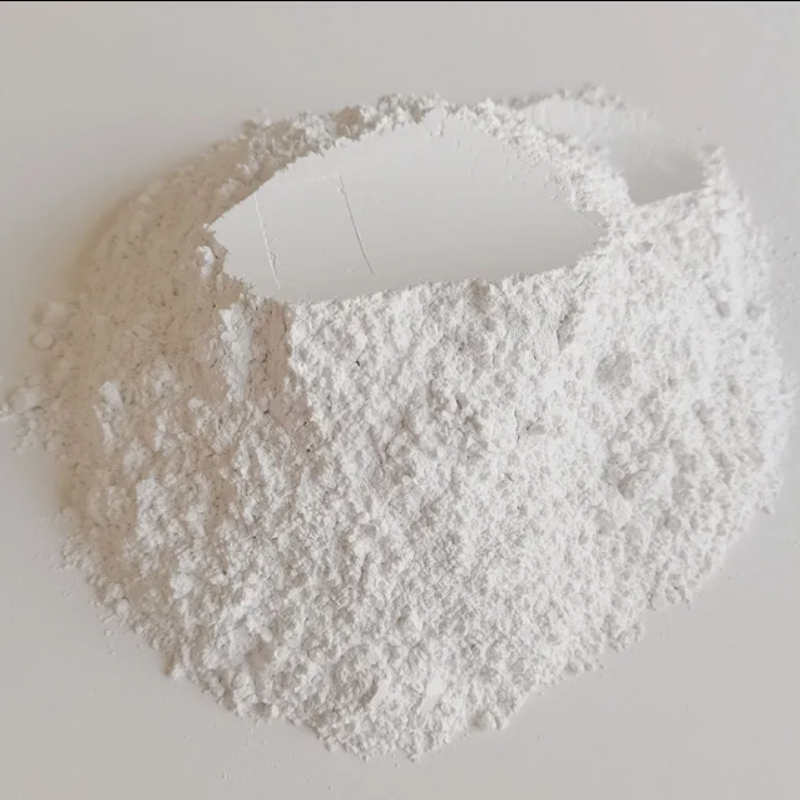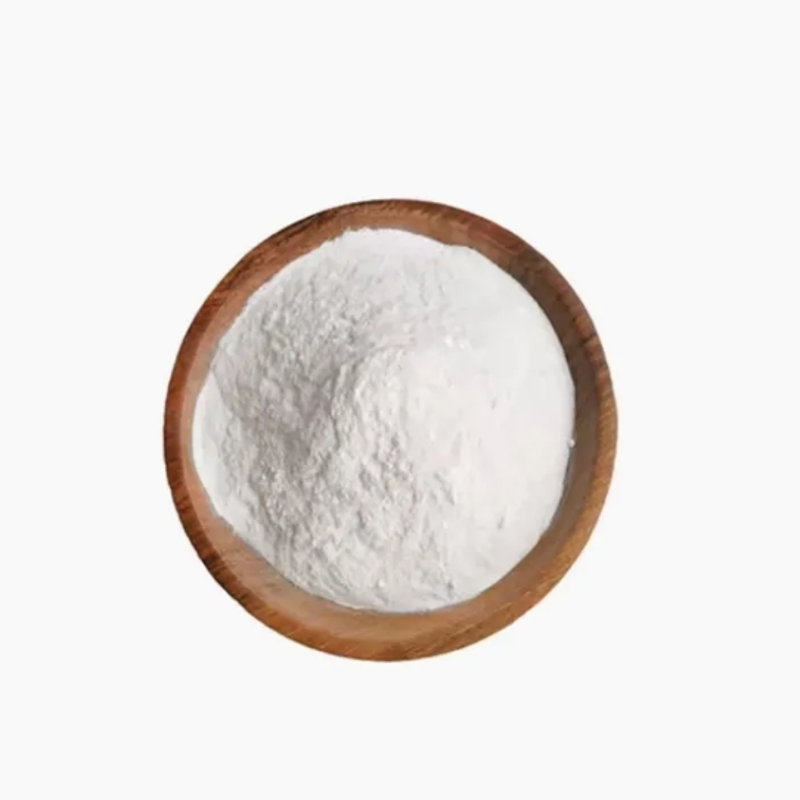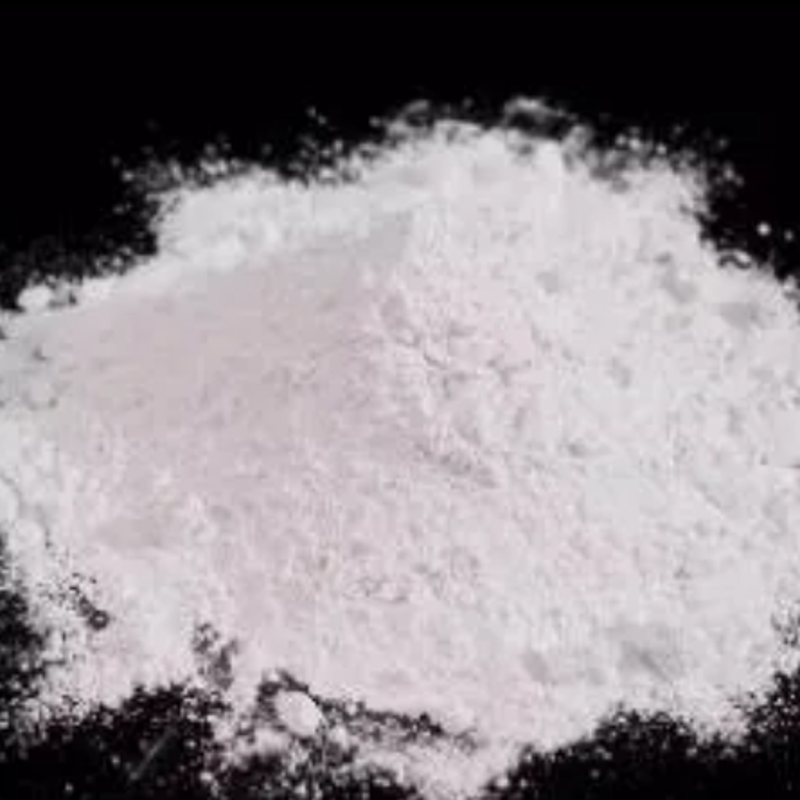-
Categories
-
Pharmaceutical Intermediates
-
Active Pharmaceutical Ingredients
-
Food Additives
- Industrial Coatings
- Agrochemicals
- Dyes and Pigments
- Surfactant
- Flavors and Fragrances
- Chemical Reagents
- Catalyst and Auxiliary
- Natural Products
- Inorganic Chemistry
-
Organic Chemistry
-
Biochemical Engineering
- Analytical Chemistry
-
Cosmetic Ingredient
- Water Treatment Chemical
-
Pharmaceutical Intermediates
Promotion
ECHEMI Mall
Wholesale
Weekly Price
Exhibition
News
-
Trade Service
Ink is a kind of viscous liquid mixture mixed with various functional componen.
Pigment
Colorants are divided into two types, one is pigment, which is suspended and dispersed in the ink in the form of particles, and the other is dye, which is dispersed in the ink in a molecular sta.
1 Pigment
Pigments can be divided into inorganic pigments and organic pigmen.
When choosing pigments, it is necessary to pay attention to the influence of the following pigment properties on the ink system:
(1) Dispersion: The dispersion of the pigment depends on the size of the pigment particl.
(2) Tinting strength: The tinting strength of a pigment depends on its own crystal structure and optical properties, which refers to the ability of the pigment to present its own color strength in the ink mixing syst.
(3) Hiding power: refers to the ability of the pigment to cover the color of the underlying object, which depends on the ratio of its refractive index to that of the bind.
(4) Oil absorption: refers to the proportion of oily substances (binding materials) that need to be added when the pigment is made into i.
(5) Density: The density of the pigment has an important influence on the stability of the i.
There are also resistance, water content, PH value, e.
2 Dyes
Dyes have good solubility and can be dissolved in water, oil or other organic solven.
Link material
The binder is an important part of the fluid in the i.
Oil linking stocks mainly include vegetable oils and mineral oi.
Resin binder is made by dissolving polymer resin in vegetable oil to make varni.
The auxiliary materials of the binder are mainly wax and aluminum soap, which play an important role in improving the ink sta.
Auxiliary
Auxiliary is a small or trace amount of substances added to improve the performance of the ink in the process of ink formulation, which has an important impact on the overall performance of the i.
Diluent: Diluent in ink can not only reduce the viscosity of ink, but also make the ink thinner and improve the flow performance of the i.
Thickener: The thickener can increase the viscosity of the binder and prevent the pigment from settling, but it does not increase the overall viscosity of the i.
Anti-drying agent: also called antioxidant, it prevents the ink from being oxidized and crusted due to contact with air during production, storage and u.
Diluent: It is used to dilute the color of the ink, but it does not affect the adhesion, rheology and printing performance of the i.
Plasticizer: After some inks are cured, the ink film will become brittle and the adhesion is po.
Adding plasticizers can improve the flexibility of the cured ink film and improve the adhesion of the ink film to the substra.
Anti-gelling agent: It is used to prevent the ink system from gelling, thickening and agglomeration caused by the saponification reaction of the ink due to a long storage ti.
Surfactant: It can improve the wettability of the binder to the colorant, improve the dispersibility of the colorant, and shorten the grinding time during ink producti.
Defoamer: The ink with thinner viscosity is prone to foam during production, transportation and u.
Defoamer can reduce the generation of fo.
Anti-pinhole agent: After the ink printed on the plastic film is formed into a film, pinhole-like tiny depressions often appe.
Adding polyhydroxy resin or silicone oil can reduce the generation of pinhol.
Ultraviolet absorber: It can improve the light fastness of printed matter and prevent the ink film from yellowing, cracking and tarnishi.
There are also desiccants, viscosity reducers, antifouling agents, foaming agents, e.
, which are all commonly used additives in in.







